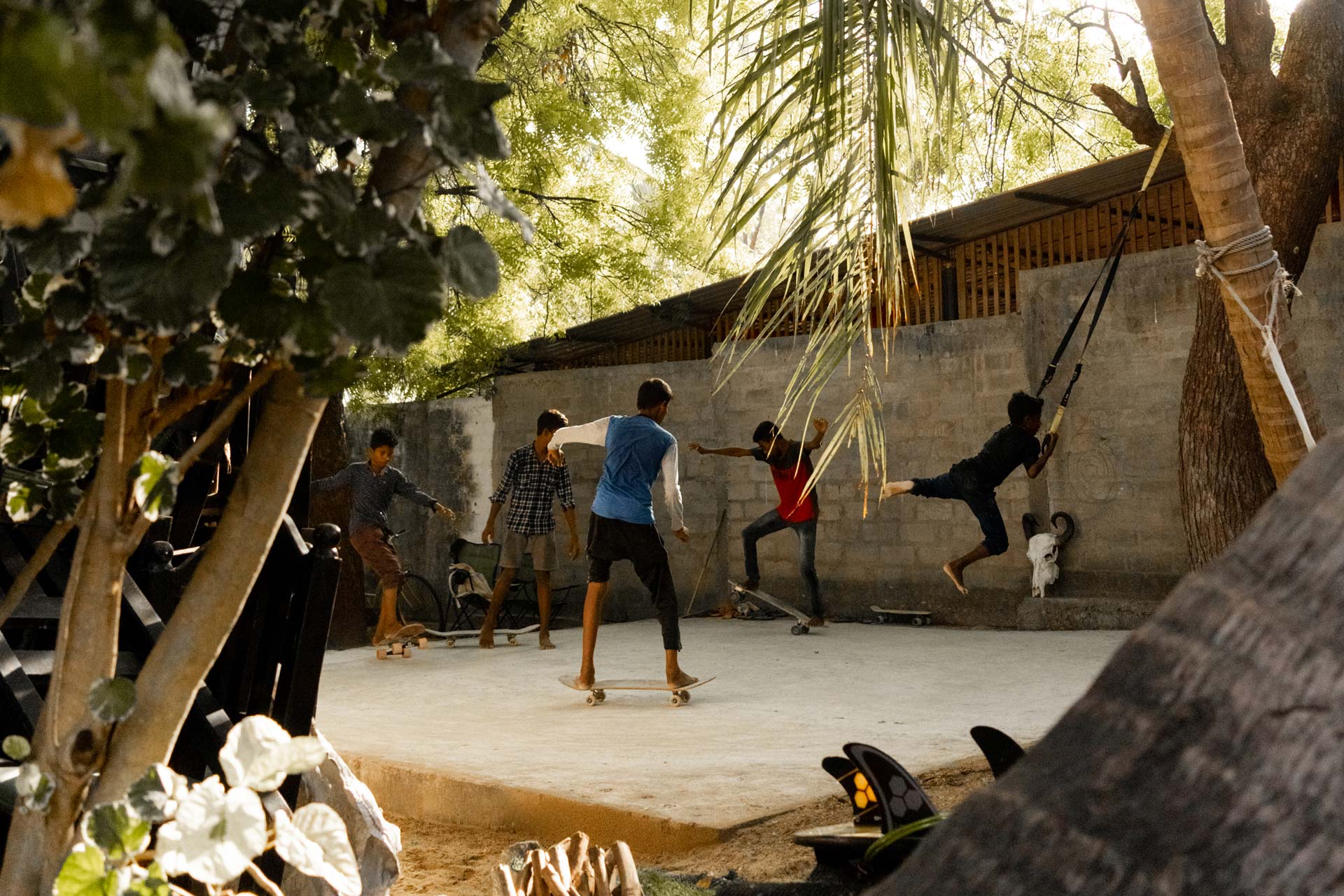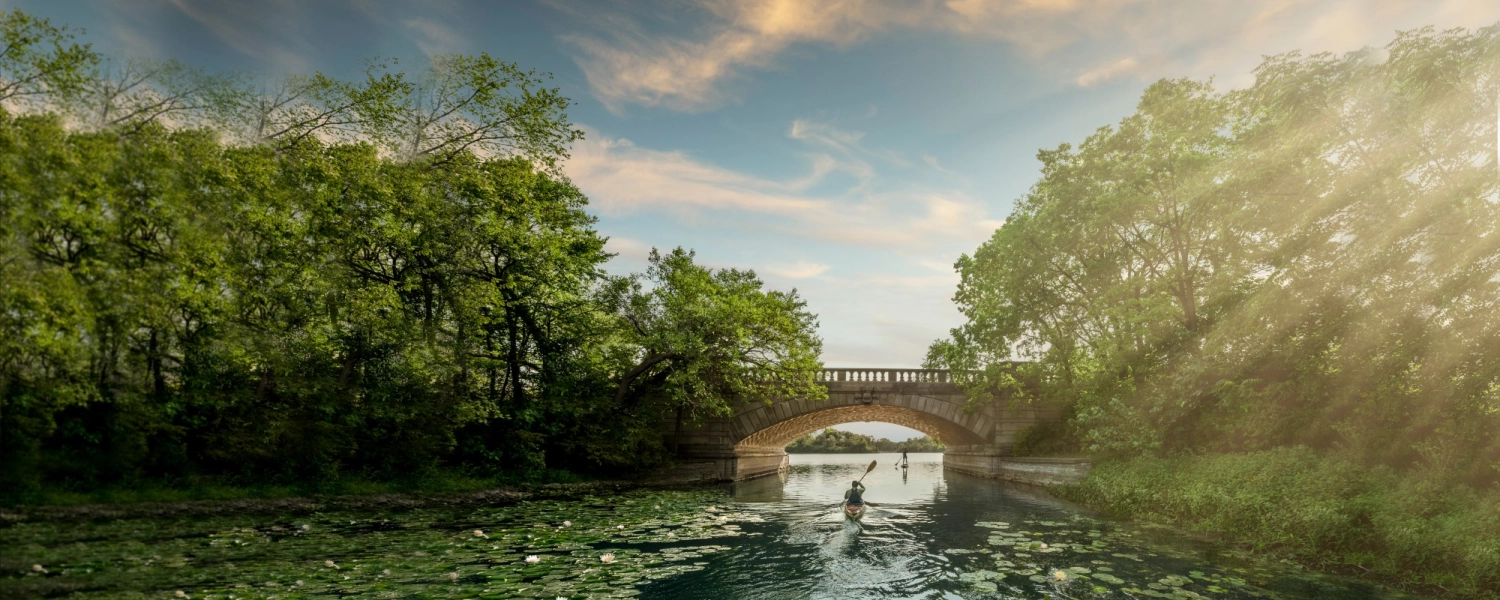- Details
- Written by: Lisa Bowman
As much of the world returns to a semblance of normality, Sri Lanka has descended into chaos, grinding to a halt at the height of an economic crisis that’s been brewing for years, thanks to mismanagement of funds – and alleged corruption – under the (now former) Rajapaksa government.
This has resulted in a lack of foreign currency to import essential goods, like cooking gas, fuel, food and medicine.“Food items are now 200-500% more expensive, making previous staples like lentils and milk powder unaffordable for many”The island has faced daily rolling power cuts since the start of the year, due to a lack of fuel needed to run the country’s power stations. On top of this, many food items are now 200-500% more expensive, making previous staples like lentils and milk powder unaffordable for many, with poorer families only eating one basic meal a day. Gas and fuel prices have soared, and severe shortages mean people wait in queues for days, in the hope of getting their hands on some when a rare shipment arrives. Tragically, to date, a number of people have already died while waiting in line (13, at the time of writing). Roads are empty, businesses have had to close and people are, quite literally, starving. Peaceful protests began across the country in March, calling for president Gotabaya Rajapaksa to resign. While he did eventually flee the country and quit his post in July, there appears to be no end in sight to the turmoil.
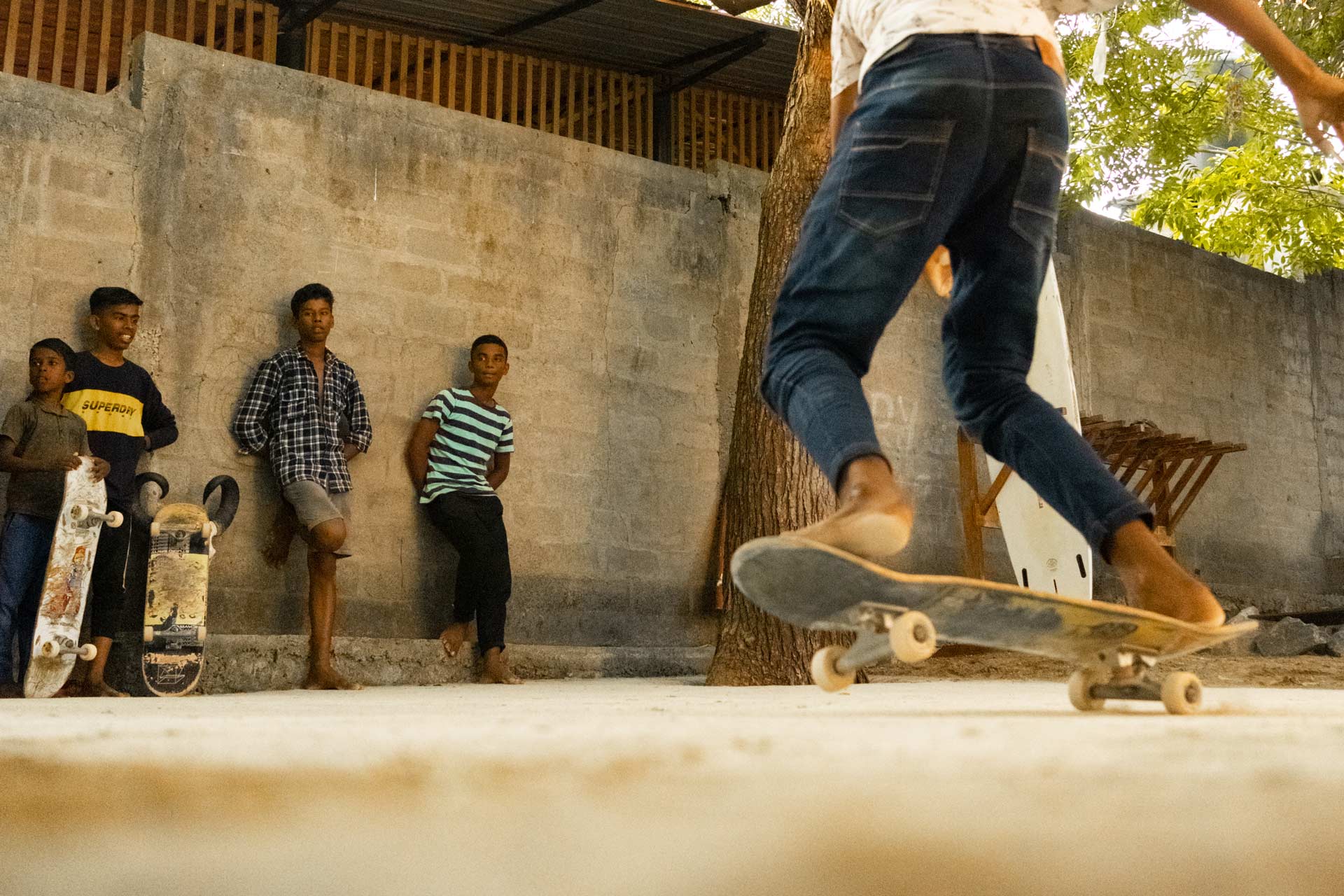
“Kids shouldn’t have to worry about stuff like that – they can come here for two hours and forget about it”“I honestly think Arugam Bay is the best place to really make this project happen,” Manu says. “Kids are less privileged here and they’re always looking for something to do – it’s better doing this than other bad things that they could succumb to. “The government aren’t doing anything for the people right now – they’re focused on the protests and reducing backlash, but young people aren’t interested in all that; they just need help. Times are hard for people to make money and provide food for their families. Kids shouldn’t have to worry about stuff like that – they can come here for two hours and forget about it.”
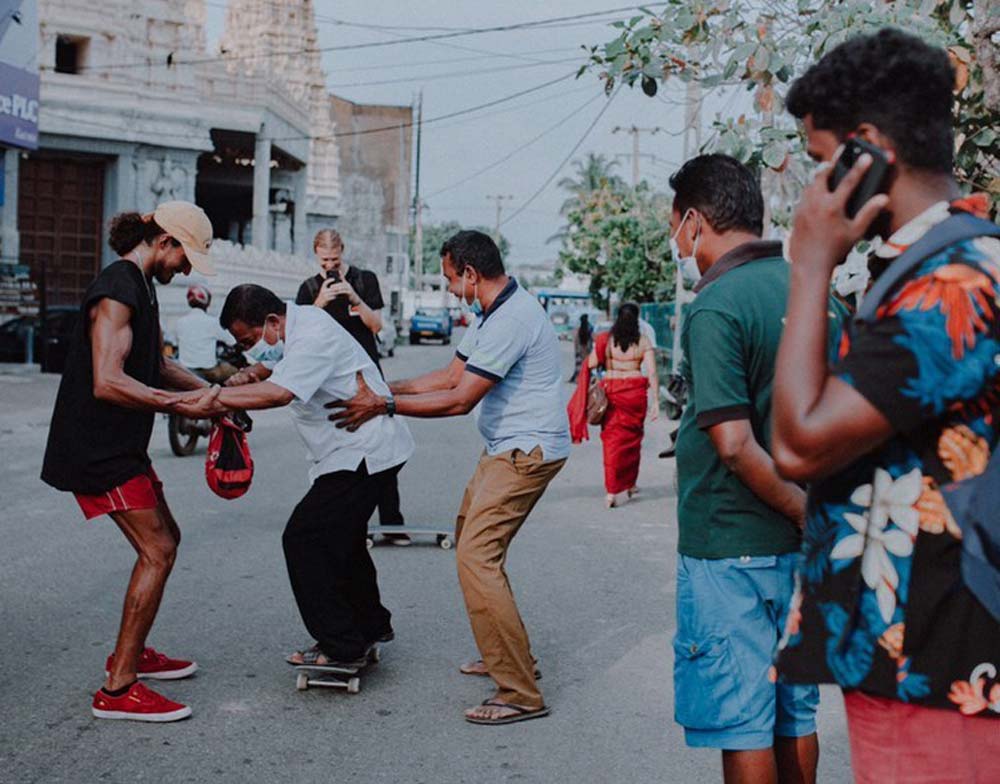
“Skating’s a new sport in Sri Lanka, so there are no boundaries”It’s been a tough time for locals, but Manu is determined to turn it around for the kids. He currently organises three skate meets per week – a general meet on Wednesdays and Sundays, and an extra session on Thursdays, for the ‘dream team’, where 10 of the boys with most promise get a chance to hone their skills. Manu found the perfect location for the main sessions, on a huge concrete stage at a cricket pitch in a village just outside the bay. At the first meet, he was shocked when 45 kids showed up – with only seven skateboards between them, and no protective gear or shoes, it was a nightmare. “The first week was tough – I got hit!” Manu laughs.
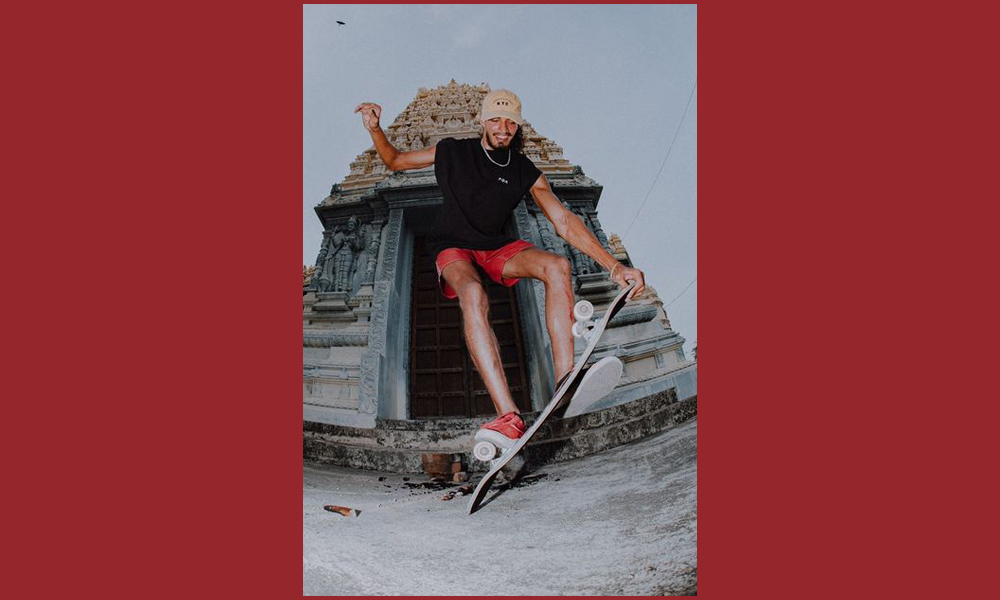
“We created a system where if they fight, they have to take time out from skateboarding”The group – aged between nine and 15 – then gathers round the slab to watch Manu teach them a trick, before taking it in turns to practice for a couple of minutes each. I chat to 15-year-old Aafil, who lives in the village and attends with his two younger brothers. He loves the sessions, but dreams of owning his own skateboard so he can practice at home, which is the general consensus among the group.
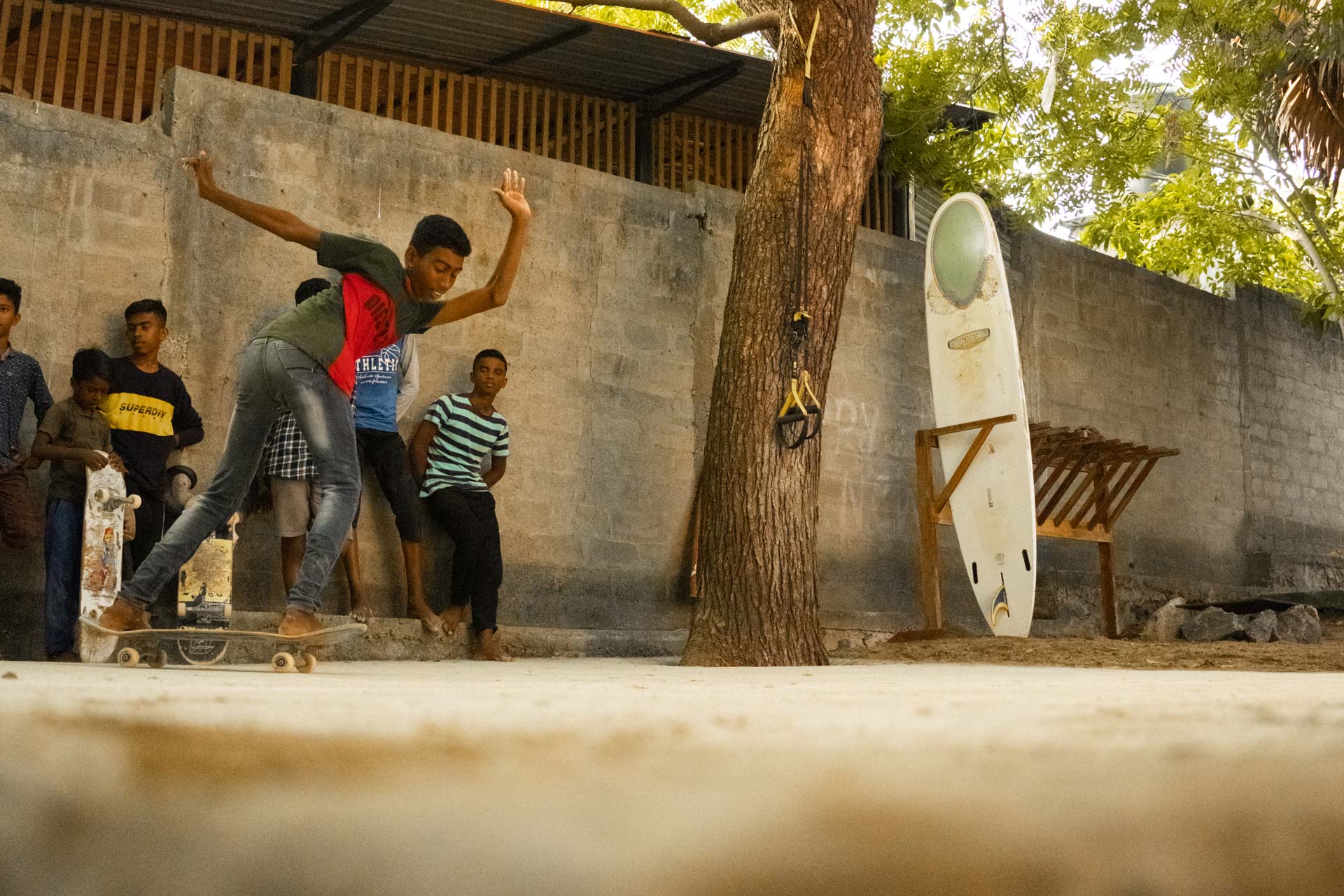
“Eventually, I want to build a skatepark in the village, give the kids boards, helmets and protective gear”As well as skating, Manu offers English classes, teaching the kids in fun and innovative ways, like word games. His goal is to nurture the kids so they themselves can become instructors, like the many locals who now make a living from surf coaching. He also wants to teach participants how to manufacture skateboards: “That could then become part of their livelihood.” Sri Lanka is a pretty conservative country, and Arugam Bay is a predominantly Muslim area, so Manu was impressed when girls turned up for the sessions. “I think their families felt comfortable seeing a woman was there too,” says Irene Segarra, a Catalan graphic designer and skater who’s assisting with the project. “We had one girl, then one of her friends came, and then 10 girls showed up.”
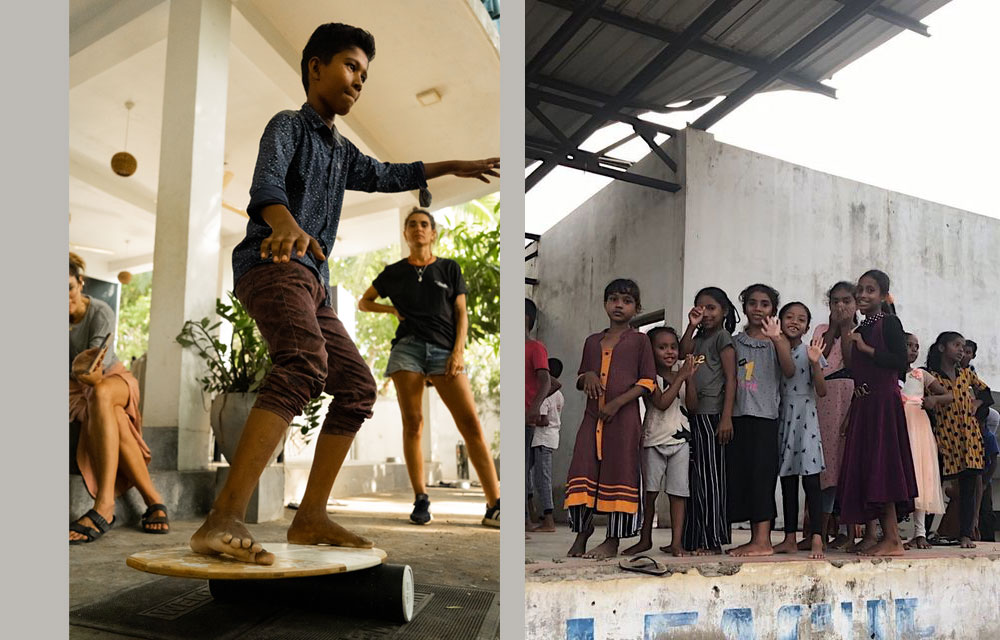
“I always wanted to make a positive impact in Sri Lanka, and this is the only way I know how”“Eventually, I want to build a skatepark in the village, give the kids boards, helmets and protective gear so they have that basic training, and then I can come back next season and see how they develop. I want to make our headquarters here and be able to employ people, so we can make it a year-round thing. “I always wanted to make a positive impact in Sri Lanka, and this is the only way I know how.” For more information on Skate for Lanka and how to help, visit https://www.instagram.com/skateforsrilanka/

